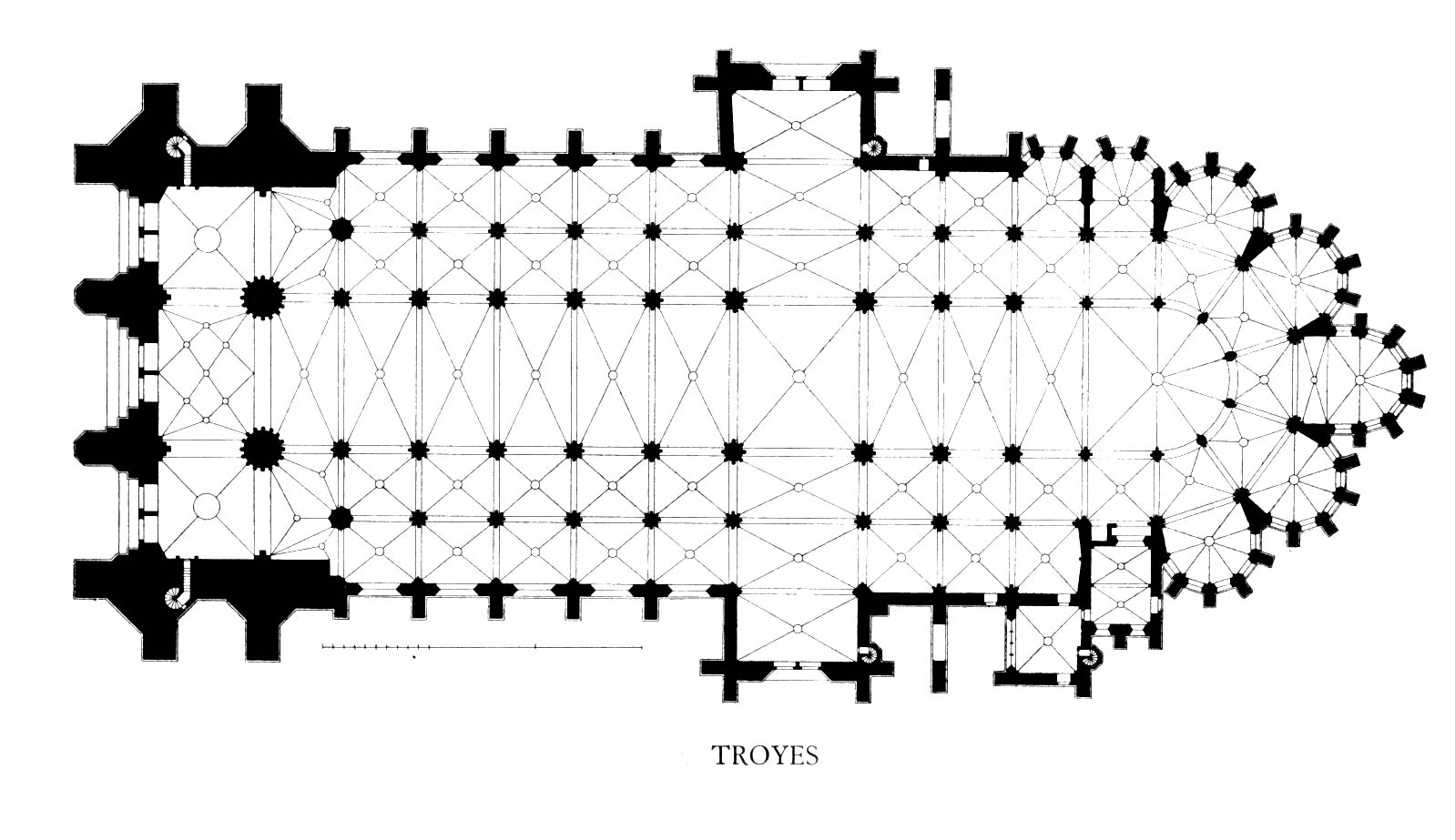Paul Baran – who just passed away after a battle with lung cancer – was working at the RAND Corporation in Santa Monica, California, in the early 1960s when he outlined what would become the central mechanism for sending data around the world. A “box” of information didn’t need to be sent whole; smaller discrete bundles, "message blocks," would be sent on various paths around a given network and put back together at their destination. It’s what’s known as "packet switching."That nifty design, with multiple, redundant paths for information, would allow for a distributed communications network that is less vulnerable to attack or disruption than conventional networks. But when he approached AT&T with the idea to build the network of his dreams, the company rejected the idea as impossible.As you can see, they were wrong. A few years later, in 1969, the Defense Department's Advanced Research Projects Agency built the Arpanet, a network that borrowed from Mr. Baran's proposals. The rest is the history of the internet, and packet switching is part of all of it.Baran even speculated on how his architecture would be used, and he was right again. "Around December 1966, I presented a paper at the American Marketing Association called ‘Marketing in the Year 2000,’ he told Wired magazine a few years ago. “I described push-and-pull communications and how we’re going to do our shopping via a television set and a virtual department store. If you want to buy a drill, you click on Hardware and that shows Tools and you click on that and go deeper.”But as central as his ideas were, Baran knew better than to claim to be an inventor of the Internet. In fact, says the Times, he “was an outspoken proponent of distributing credit widely.”"The process of technological developments is like building a cathedral," he said in an interview in 1990. "Over the course of several hundred years, new people come along and each lays down a block on top of the old foundations, each saying, 'I built a cathedral.'
"Next month another block is placed atop the previous one. Then comes along an historian who asks, 'Well, who built the cathedral?' Peter added some stones here, and Paul added a few more. If you are not careful you can con yourself into believing that you did the most important part. But the reality is that each contribution has to follow onto previous work. Everything is tied to everything else." It makes sense, if you think about it (or let your brain think about it, using, perhaps, its own packet-switching networks): the creation of the network was as distributed as the network itself.
It makes sense, if you think about it (or let your brain think about it, using, perhaps, its own packet-switching networks): the creation of the network was as distributed as the network itself.
Advertisement
An image from Baran’s paper on packet switching
